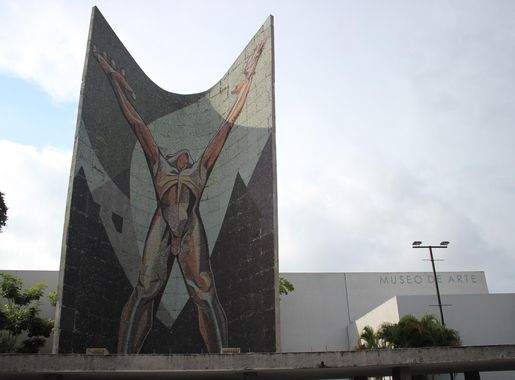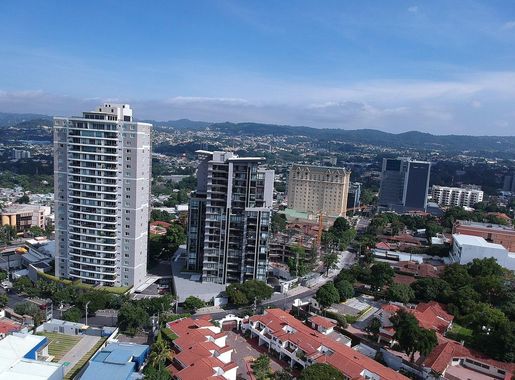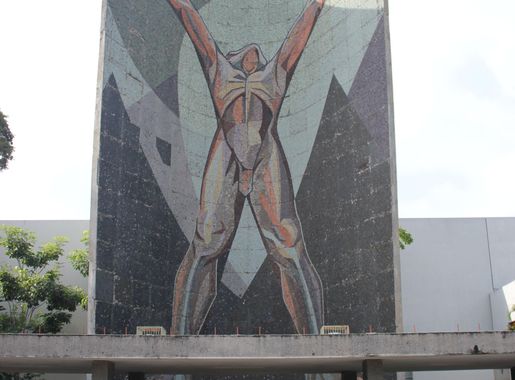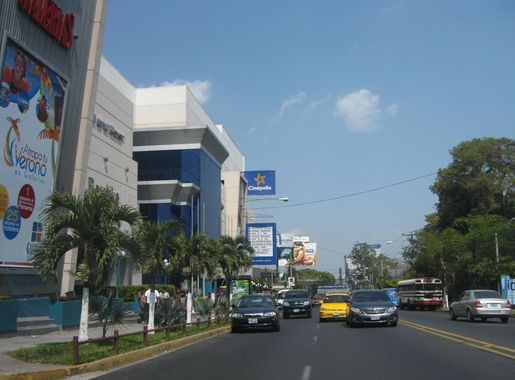
Discover the Vibrant Heartbeat of Zona Rosa, San Salvador
Zona Rosa, San Salvador: A vibrant neighbourhood offering a blend of culture, cuisine, and nightlife, perfect for tourists seeking a dynamic and immersive experience.
Zona Rosa, nestled in the bustling city of San Salvador, is a vibrant and dynamic neighbourhood that effortlessly blends modern sophistication with rich cultural heritage. Known for its lively atmosphere, this area is a hotspot for both locals and tourists seeking a mix of entertainment, cuisine, and nightlife. Whether you are an art enthusiast, a foodie, or someone looking to experience the local culture, Zona Rosa offers something for everyone. The streets of Zona Rosa are lined with an array of upscale restaurants, trendy bars, and chic cafes, making it the perfect place to indulge in the diverse flavors of Salvadoran cuisine. From traditional pupusas to international gourmet dishes, the neighbourhood's culinary scene is sure to satisfy any palate. As the sun sets, the area comes alive with a vibrant nightlife, offering an eclectic mix of live music venues, dance clubs, and cozy lounges. Art and culture enthusiasts will find Zona Rosa equally appealing, with its numerous galleries and cultural centers. The Museo de Arte de El Salvador (MARTE) is a must-visit, showcasing an impressive collection of contemporary and historical Salvadoran art. The neighbourhood's charming streets are also dotted with colorful murals and street art, adding to its artistic charm. For those looking to unwind, Zona Rosa's lush parks and green spaces provide a peaceful retreat from the city's hustle and bustle. The nearby Bicentenario Park is perfect for a leisurely stroll or a relaxing picnic. Zona Rosa's strategic location also makes it a convenient base for exploring other attractions in San Salvador, including historical sites, shopping districts, and the iconic Salvador del Mundo monument.
Local tips in Zona Rosa
- Visit the Museo de Arte de El Salvador (MARTE) early in the day to avoid crowds and have a more intimate experience with the art.
- Try the local pupusas at one of the many street vendors for an authentic Salvadoran culinary experience.
- Wear comfortable shoes as Zona Rosa is best explored on foot, allowing you to fully appreciate the neighbourhood's charm and hidden gems.
- Take advantage of happy hour deals in the evenings at various bars and lounges to enjoy the vibrant nightlife without breaking the bank.
- Keep an eye out for local cultural events and festivals, which frequently take place in Zona Rosa and offer a unique glimpse into the local traditions and celebrations.
Discover the Vibrant Heartbeat of Zona Rosa, San Salvador
Zona Rosa, nestled in the bustling city of San Salvador, is a vibrant and dynamic neighbourhood that effortlessly blends modern sophistication with rich cultural heritage. Known for its lively atmosphere, this area is a hotspot for both locals and tourists seeking a mix of entertainment, cuisine, and nightlife. Whether you are an art enthusiast, a foodie, or someone looking to experience the local culture, Zona Rosa offers something for everyone. The streets of Zona Rosa are lined with an array of upscale restaurants, trendy bars, and chic cafes, making it the perfect place to indulge in the diverse flavors of Salvadoran cuisine. From traditional pupusas to international gourmet dishes, the neighbourhood's culinary scene is sure to satisfy any palate. As the sun sets, the area comes alive with a vibrant nightlife, offering an eclectic mix of live music venues, dance clubs, and cozy lounges. Art and culture enthusiasts will find Zona Rosa equally appealing, with its numerous galleries and cultural centers. The Museo de Arte de El Salvador (MARTE) is a must-visit, showcasing an impressive collection of contemporary and historical Salvadoran art. The neighbourhood's charming streets are also dotted with colorful murals and street art, adding to its artistic charm. For those looking to unwind, Zona Rosa's lush parks and green spaces provide a peaceful retreat from the city's hustle and bustle. The nearby Bicentenario Park is perfect for a leisurely stroll or a relaxing picnic. Zona Rosa's strategic location also makes it a convenient base for exploring other attractions in San Salvador, including historical sites, shopping districts, and the iconic Salvador del Mundo monument.
Iconic landmarks you can’t miss
Monument to the Divine Savior of the World
Explore the Monument to the Divine Savior of the World, a symbol of El Salvador's rich history and cultural pride, nestled in the heart of San Salvador.
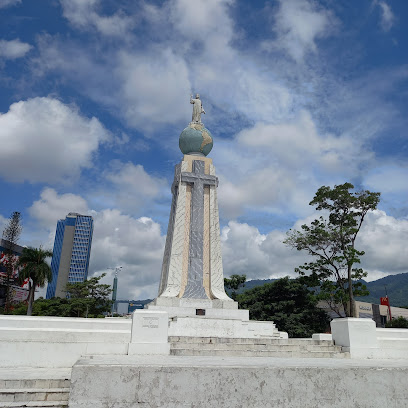
Morazan Plaza
Explore Morazan Plaza, a vibrant city park in San Salvador, where history, culture, and community come together in a beautiful urban oasis.
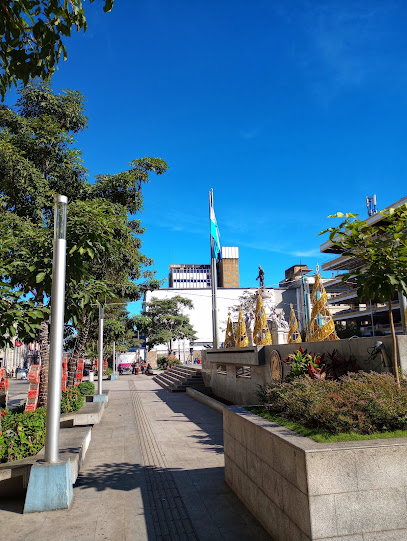
Civic Square Captain General Gerardo Barrios
Explore Civic Square Captain General Gerardo Barrios: a serene park in San Salvador blending beauty, history, and vibrant local culture.
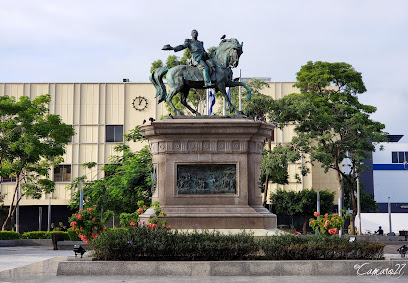
Monument to the Constitution of El Salvador
Explore the Monument to the Constitution in San Salvador, a symbol of El Salvador's legal heritage and cultural identity amidst vibrant city life.
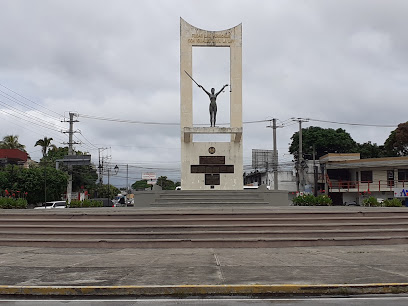
Municipal Lookout of San Salvador
Experience breathtaking panoramic views of San Salvador at the Municipal Lookout - a must-visit destination for every traveler.
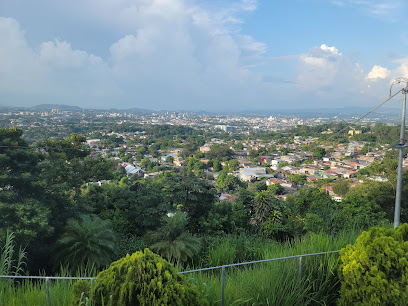
Centro Histórico de San Salvador
Explore the vibrant heart of San Salvador at the Centro Histórico, where history, culture, and art come alive in every corner.

Museum of Natural History of El Salvador
Explore the rich biodiversity and geological wonders of El Salvador at the Museum of Natural History, a must-visit for nature lovers and history enthusiasts.
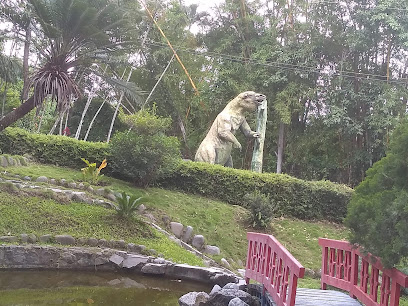
Zona Rosa San Salvador
Discover the vibrant Zona Rosa in San Salvador, a cultural hotspot filled with dining, nightlife, and local art that captures the spirit of El Salvador.
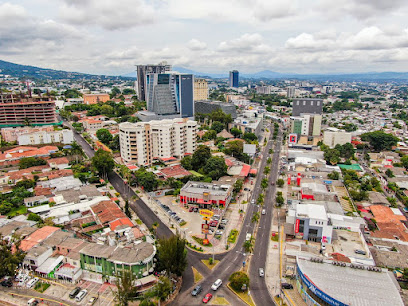
Monumento a la Revolucion
Explore the Monumento a la Revolución in San Salvador, a monumental tribute to resilience and history, surrounded by culture and beauty.
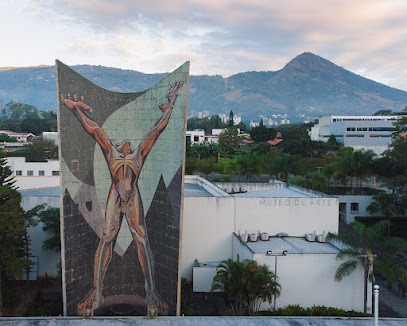
Ciclovía ''Zona Rosa'' San Salvador
Discover the vibrant Ciclovía 'Zona Rosa' in San Salvador, where outdoor fun meets local culture in a lively, car-free atmosphere.
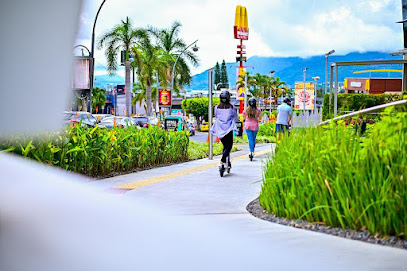
Unmissable attractions to see
Children's Amusement Park
Discover endless fun and adventure at San Salvador's Children's Amusement Park, where joy knows no age!
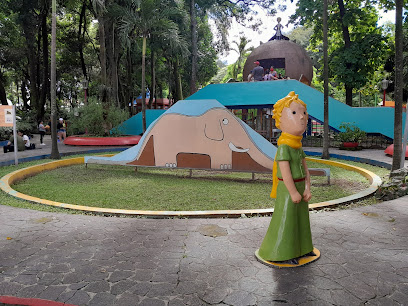
Parque Saburo Hirao
Experience the exhilarating adventures and serene landscapes of Parque Saburo Hirao, a must-visit theme park in San Salvador for all ages.
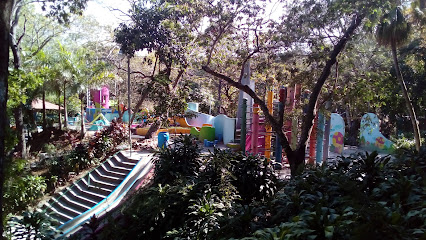
Municipal Lookout of San Salvador
Experience stunning panoramic views of San Salvador from the Municipal Lookout, a serene observation deck amidst the vibrant city.
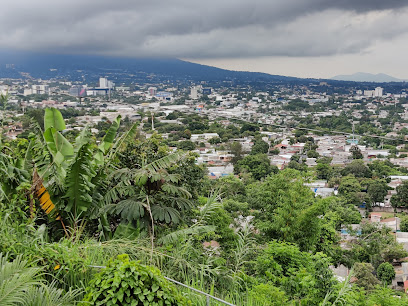
Monumento a la Revolucion
Explore the Monumento a la Revolución in San Salvador, a testament to the nation's resilience, rich history, and vibrant culture amidst stunning architecture.

Ciclovía ''Zona Rosa'' San Salvador
Experience the vibrant culture and culinary delights of Ciclovía ''Zona Rosa'' in San Salvador, a must-visit destination for tourists.
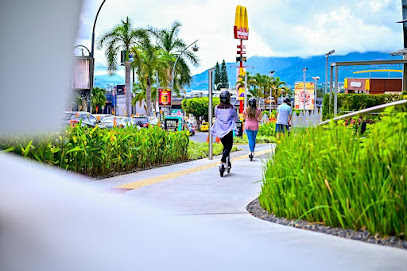
Essential places to dine
Denny's
Experience classic American breakfast delights at Denny's in San Salvador - open 24/7 for your dining pleasure.
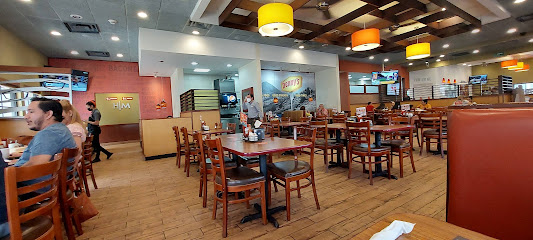
Pizza Hut
Savor delicious pizzas and comforting meals at Pizza Hut in San Salvador's lively Zona Rosa area.
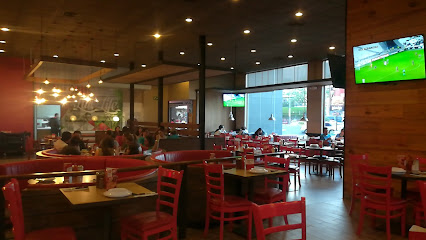
Tony Roma's
Experience authentic American flavors at Tony Roma's in San Salvador—your go-to destination for barbecue, seafood, and steak delights.

Al Pomodoro
Experience authentic Italian cuisine at Al Pomodoro in San Salvador - where every meal is a journey through Italy's rich culinary heritage.
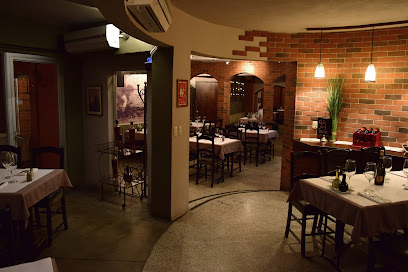
La Hola Beto's
Discover La Hola Beto's in San Salvador - where fresh seafood meets vibrant ambiance in the heart of Zona Rosa.
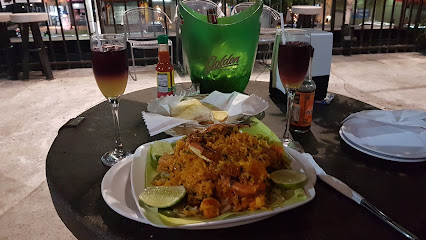
El Lomo y La Aguja • Zona Rosa
Experience authentic Salvadoran flavors at El Lomo y La Aguja in San Salvador's vibrant Zona Rosa.
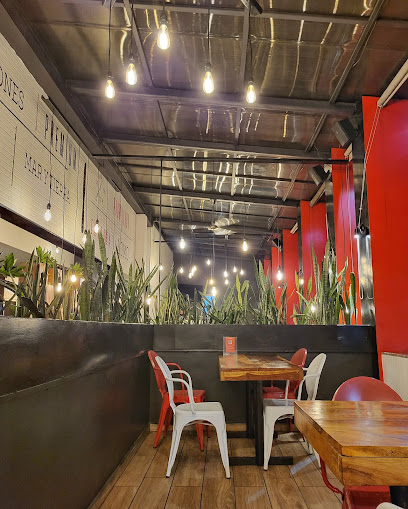
SharkBites Zona Rosa
Experience fresh seafood delights at SharkBites Zona Rosa in San Salvador - where every bite is an oceanic adventure.
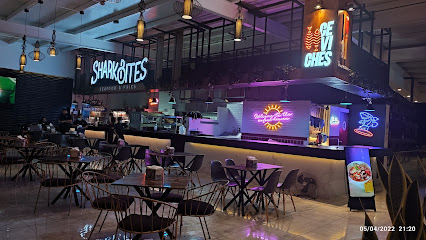
Go Green
Experience the essence of healthy eating at Go Green in San Salvador - where freshness meets sustainability!

Restaurante Nostalgia
Experience authentic Salvadoran cuisine at Restaurante Nostalgia in San Salvador - where every meal is a journey through flavors.
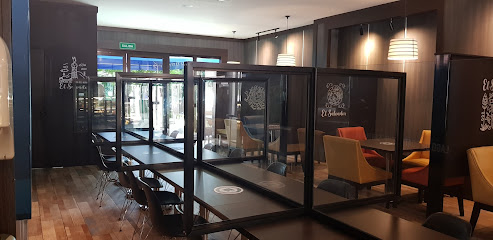
Sonora Gastrobar
Experience the vibrant culinary scene at Sonora Gastrobar in San Salvador - where tradition meets modern gastronomy.
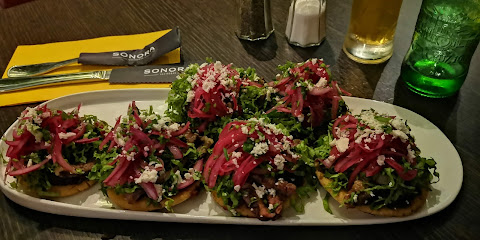
Markets, malls and hidden boutiques
IDOL S.A DE C.V
Explore the unique offerings at IDOL S.A DE C.V in San Salvador, where fashion meets culture in a cozy boutique setting.
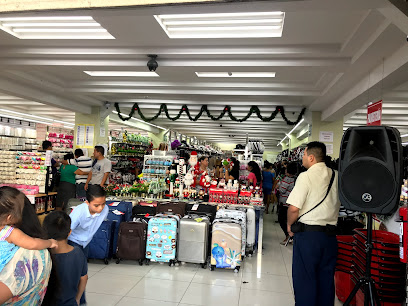
Underground El Salvador
Discover unique fashion and vibrant local culture at Underground El Salvador - your go-to clothing store in San Salvador.
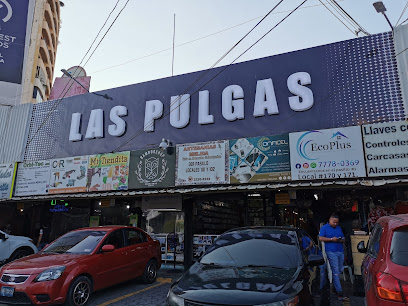
Merch • Zona Rosa
Explore Merch in Zona Rosa for unique custom apparel, trendy hats, and memorable souvenirs that capture the essence of San Salvador.
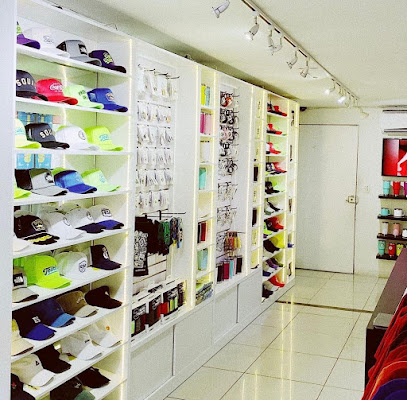
Nize Store
Explore Nize Store in San Salvador for unique gifts and collectibles that capture the spirit of El Salvador, perfect for souvenirs and special occasions.
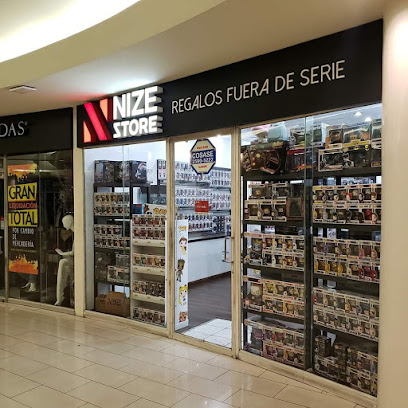
Road Market
Discover the local flavors and vibrant atmosphere of Road Market in San Salvador, where convenience meets culture.
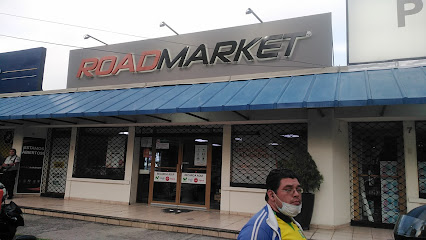
Road Market • Zona Rosa
Discover the vibrant Road Market in Zona Rosa, a local convenience store offering unique Salvadoran products and a taste of local life.
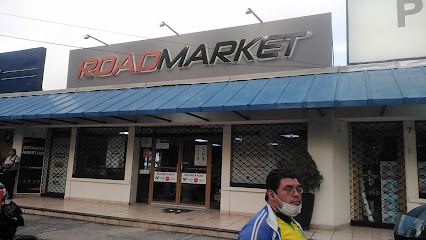
Black Sakura
Explore Black Sakura, a boutique in San Salvador offering unique handcrafted fashion and accessories that reflect El Salvador's vibrant culture.

Boutique de Clemen
Explore the unique artistry at Boutique de Clemen, where Salvadoran fashion meets local craftsmanship in the vibrant Zona Rosa.
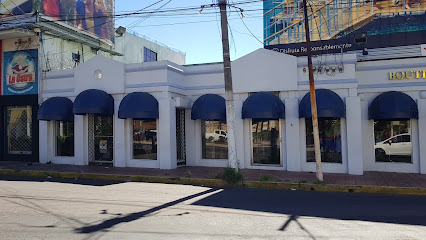
The Family Unique Store
Explore a treasure trove of fashion, bags, and home goods at The Family Unique Store in San Salvador, where local craftsmanship meets vibrant style.
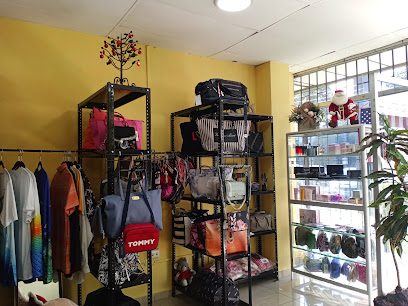
Middle Shop
Discover the vibrant styles at Middle Shop in San Salvador's Zona Rosa, where fashion meets local flair in a trendy women's clothing store.

My Secrets Boutique
Explore the chic and unique My Secrets Boutique in San Salvador, where fashion meets local craftsmanship in a stylish shopping experience.
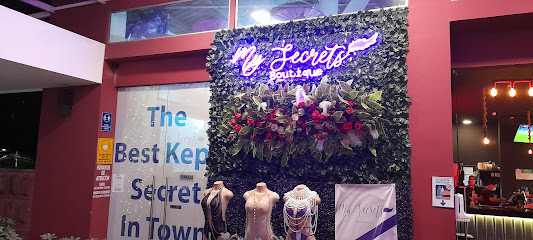
Crepe Lover's Zona Rosa
Discover the perfect blend of sweet and savory crepes at Crepe Lover's Zona Rosa in San Salvador, where culinary creativity meets local flavors.

Svelta Fashion El Salvador
Explore modern fashion at Svelta Fashion El Salvador, where local design meets contemporary trends in the heart of San Salvador.
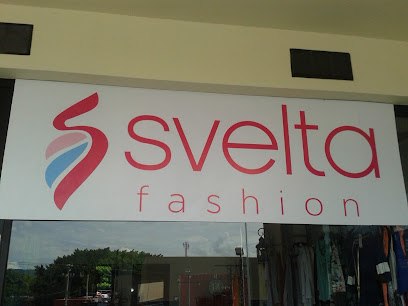
Essential bars & hidden hideouts
Cadejo Brewing Company
Discover the vibrant flavors of local craft beers at Cadejo Brewing Company in San Salvador's brewpub paradise, a haven for beer lovers.
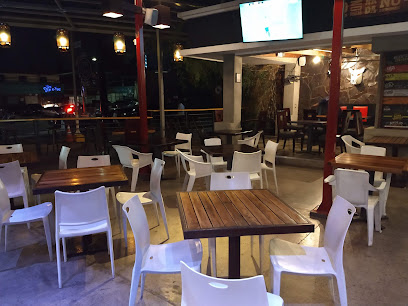
Cervecería La 20 Zona Rosa
Experience the vibrant nightlife at Cervecería La 20 Zona Rosa, a lively bar in San Salvador offering local brews and creative cocktails.
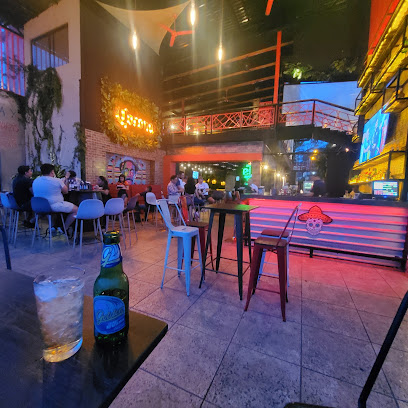
Republik Bar
Discover vibrant nightlife at Republik Bar in San Salvador, a unique Irish pub and concert hall offering great drinks and live music.
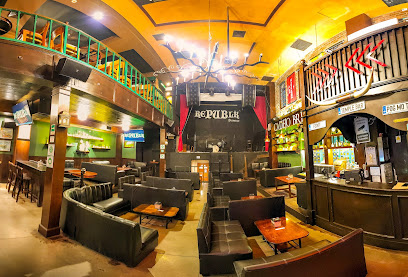
Terapia Grill
Discover the vibrant nightlife at Terapia Grill, a top bar in San Salvador, offering a mix of local and international drinks in a lively atmosphere.
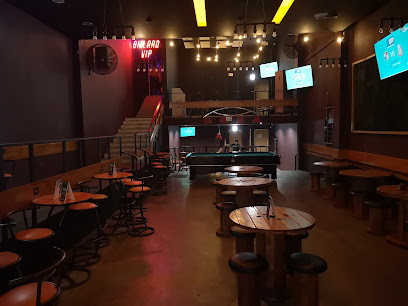
The Bunker Bar
Discover the nightlife of San Salvador at The Bunker Bar, a vibrant spot for cocktails, music, and unforgettable memories.

Black Rose
Experience San Salvador's nightlife at Black Rose, a vibrant bar known for its creative cocktails and lively atmosphere.
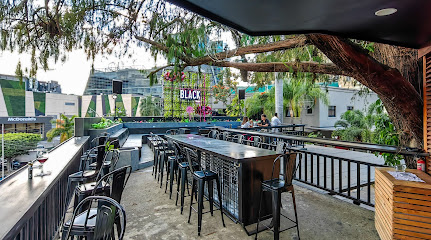
21Bar&Entertainment
Discover the rhythm of San Salvador at 21Bar&Entertainment, a premier live music venue offering unforgettable performances and a vibrant atmosphere.
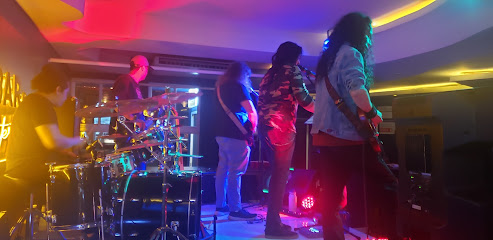
Churchill's Bar
Discover Churchill's Bar, a lively San Salvador hotspot featuring vibrant cocktails and a welcoming atmosphere perfect for unwinding after exploring.
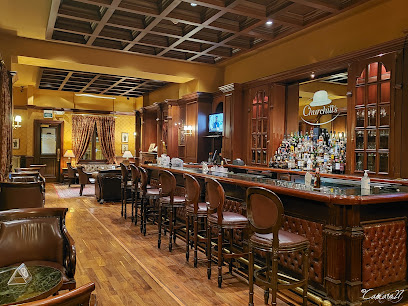
Monaco Bar & Snacks
Discover the lively ambiance of Monaco Bar & Snacks in Zona Rosa, San Salvador, where great drinks meet vibrant social experiences.

La23
Discover the vibrant nightlife of San Salvador at La23, where creative cocktails meet local flavors in a lively atmosphere.

Local Phrases
-
- HelloHola
[oh-lah] - GoodbyeAdiós
[ah-dyohs] - YesSí
[see] - NoNo
[noh] - Please/You're welcomePor favor/De nada
[pohr fah-vohr/deh nah-dah] - Thank youGracias
[grah-syahs] - Excuse me/SorryDisculpe/Lo siento
[dees-kool-peh/loh syen-toh] - How are you?¿Cómo estás?
[koh-moh ehs-tahs] - Fine. And you?Bien. ¿Y tú?
[byen. ee too] - Do you speak English?¿Hablas inglés?
[ah-blahs een-glehs] - I don't understandNo entiendo
[noh ehn-tyen-doh]
- HelloHola
-
- I'd like to see the menu, pleaseMe gustaría ver el menú, por favor
[meh goos-tah-reeah behr ehl meh-noo, pohr fah-vohr] - I don't eat meatNo como carne
[noh koh-moh kahr-neh] - Cheers!¡Salud!
[sah-lood] - I would like to pay, pleaseMe gustaría pagar, por favor
[meh goos-tah-reeah pah-gahr, pohr fah-vohr]
- I'd like to see the menu, pleaseMe gustaría ver el menú, por favor
-
- Help!¡Ayuda!
[ah-yoo-dah] - Go away!¡Vete!
[veh-teh] - Call the Police!¡Llama a la policía!
[yah-mah ah lah poh-lee-see-ah] - Call a doctor!¡Llama a un doctor!
[yah-mah ah oon dohk-tohr] - I'm lostEstoy perdido
[ehs-toy pehr-dee-doh] - I'm illEstoy enfermo
[ehs-toy ehn-fehr-moh]
- Help!¡Ayuda!
-
- I'd like to buy...Me gustaría comprar...
[meh goos-tah-reeah kohm-prahr...] - I'm just lookingSolo estoy mirando
[soh-loh ehs-toy meer-ahn-doh] - How much is it?¿Cuánto cuesta?
[kwan-toh kwehs-tah] - That's too expensiveEso es demasiado caro
[eh-soh ehs deh-mah-syah-doh kah-roh] - Can you lower the price?¿Puede bajar el precio?
[pweh-deh bah-hahr ehl preh-syoh]
- I'd like to buy...Me gustaría comprar...
-
- What time is it?¿Qué hora es?
[keh oh-rah ehs] - It's one o'clockEs la una
[ehs lah oo-nah] - Half past (10)Y media (10)
[ee meh-dee-ah (dheez)] - MorningMañana
[mah-nyah-nah] - AfternoonTarde
[tahr-deh] - EveningNoche
[noh-cheh] - YesterdayAyer
[ah-yehr] - TodayHoy
[oy] - TomorrowMañana
[mah-nyah-nah] - 1Uno
[oo-noh] - 2Dos
[dohs] - 3Tres
[trehs] - 4Cuatro
[kwah-troh] - 5Cinco
[seen-koh] - 6Seis
[says] - 7Siete
[see-eh-teh] - 8Ocho
[oh-choh] - 9Nueve
[nweh-veh] - 10Diez
[dyehs]
- What time is it?¿Qué hora es?
-
- Where's a/the...?¿Dónde está...?
[dohn-deh ehs-tah] - What's the address?¿Cuál es la dirección?
[kwal ehs lah dee-rehk-syon] - Can you show me (on the map)?¿Puede mostrarme (en el mapa)?
[pweh-deh mohs-trar-meh (ehn ehl mah-pah)] - When's the next (bus)?¿Cuándo es el próximo (autobús)?
[kwan-doh ehs ehl prohk-see-moh (ow-toh-boos)] - A ticket (to ....)Un boleto (para ....)
[oon boh-leh-toh (pah-rah)]
- Where's a/the...?¿Dónde está...?
History of Zona Rosa
-
Zona Rosa was established in the late 20th century as a vibrant commercial and cultural hub in San Salvador. The name 'Zona Rosa' translates to 'Pink Zone,' reflecting the area's lively atmosphere and colorful aesthetics. This neighborhood emerged as a response to the growing demand for nightlife and entertainment options during a time when San Salvador was undergoing significant urban development.
-
Throughout the 1980s and 1990s, Zona Rosa became known for its diverse cultural offerings, including art galleries, theaters, and music venues. This period saw an influx of artists, musicians, and creatives who contributed to the cultural tapestry of the neighborhood, making it a focal point for artistic expression in San Salvador.
-
The Salvadoran Civil War (1980-1992) significantly impacted Zona Rosa, as the conflict led to widespread violence and displacement across the country. Despite the turmoil, Zona Rosa managed to maintain a semblance of stability, becoming a safe haven for those seeking entertainment and community amidst the chaos. This resilience helped solidify its status as a cultural refuge during a challenging time.
-
Following the peace accords of 1992, Zona Rosa experienced a renaissance as San Salvador began to rebuild. Investments in infrastructure and urban planning revitalized the area, attracting businesses and tourists alike. This period marked the emergence of upscale restaurants, boutique hotels, and trendy shops, further establishing Zona Rosa as one of the most desirable neighborhoods in the city.
-
Today, Zona Rosa is recognized as the heart of San Salvador's nightlife and cultural scene. The neighborhood hosts numerous festivals, art exhibitions, and culinary events, reflecting the dynamic culture of El Salvador. It remains a popular destination for both locals and visitors, showcasing the city’s growth and transformation over the decades while preserving its unique identity.
Zona Rosa Essentials
-
Zona Rosa is conveniently located in San Salvador, making it easily accessible from various neighborhoods. If you're coming from the downtown area, you can take a taxi or an Uber, which will take approximately 10-15 minutes. For those using public transport, catch a bus heading to Zona Rosa from the main bus terminals, such as Terminal de Oriente or Terminal de Occidente. The route is well-signposted, and buses are frequent.
-
Zona Rosa is a walkable neighborhood, and many attractions are within a short distance of each other. Local buses and taxis are available for longer distances. Ride-sharing apps like Uber are widely used and offer a reliable option. Bicycles can be rented through various local services, and some hotels may provide bikes for guests. Be cautious when navigating busy streets, as traffic can be heavy.
-
While Zona Rosa is generally safe for tourists, it is essential to remain vigilant. Avoid walking alone at night, especially in less crowded areas. High-crime areas include certain parts of downtown San Salvador; stick to well-lit, populated areas. Keep valuables secure and be cautious of pickpockets, particularly in busy markets or public transport.
-
In case of an emergency, call 911 for police, fire, or medical assistance. Familiarize yourself with the location of the nearest hospital; Hospital de Diagnóstico is a reliable option. It is advisable to have travel insurance that covers medical emergencies. For minor health issues, pharmacies are widely available for over-the-counter medications.
-
Fashion: Do dress modestly, especially when visiting religious sites. Don't wear overly revealing clothing. Religion: Do respect local customs and traditions; when entering churches, cover your shoulders and knees. Public Transport: Do be mindful of your belongings and avoid displaying valuables. Don't engage in loud conversations on public transport. Greetings: Do greet with a handshake; a friendly smile goes a long way. Eating & Drinking: Do try local specialties, but don't refuse food offerings as it may be seen as impolite.
-
To experience Zona Rosa like a local, visit the local cafes and restaurants that serve traditional Salvadoran dishes. Engage with locals; they often have great recommendations for hidden gems. Explore the vibrant nightlife in Zona Rosa, but ensure to stay in groups and choose well-reviewed establishments. Participate in local events or festivals when available, as they offer a glimpse into the culture and community spirit.
Trending Landmarks in Zona Rosa
-
Monument to the Divine Savior of the World
-
Morazan Plaza
-
Civic Square Captain General Gerardo Barrios
-
Monument to the Constitution of El Salvador
-
Municipal Lookout of San Salvador
-
Centro Histórico de San Salvador
-
Museum of Natural History of El Salvador
-
Zona Rosa San Salvador
-
Monumento a la Revolucion
-
Ciclovía ''Zona Rosa'' San Salvador
Nearby Cities to Zona Rosa
-
Things To Do in La Libertad
-
Things To Do in Suchitoto
-
Things To Do in Santa Ana
-
Things To Do in Chalchuapa
-
Things To Do in San Miguel
-
Things To Do in Gracias
-
Things To Do in Copán Ruinas
-
Things To Do in Santa Rosa de Copán
-
Things To Do in Guatemala City
-
Things To Do in Antigua Guatemala
-
Things To Do in Tegucigalpa
-
Things To Do in Rio Dulce
-
Things To Do in Puerto Barrios
-
Things To Do in Panajachel
-
Things To Do in Lake Atitlán

